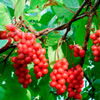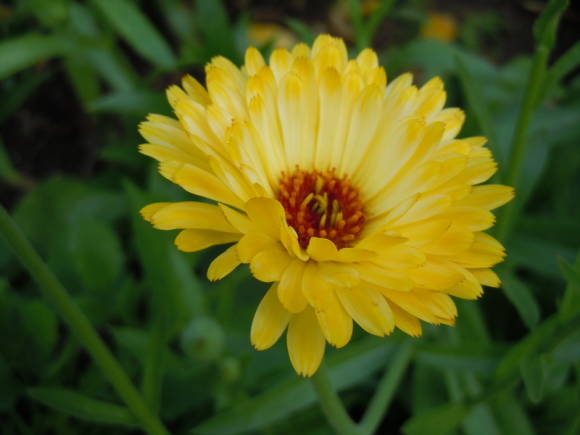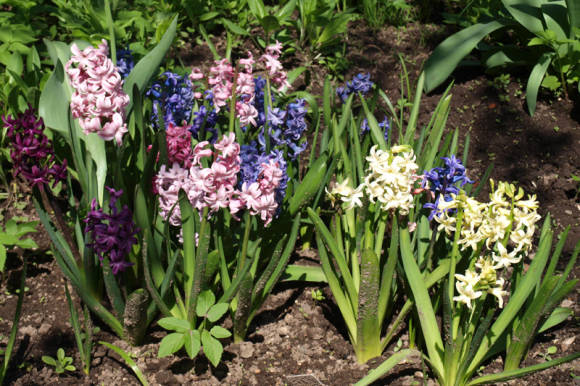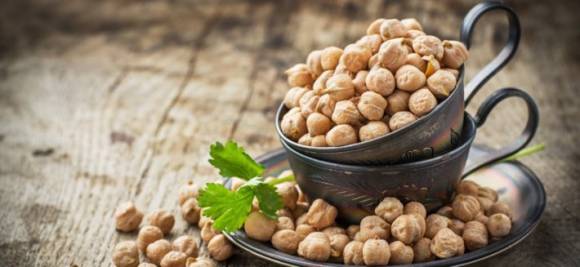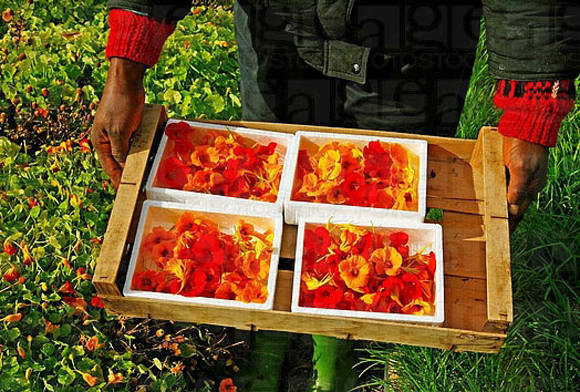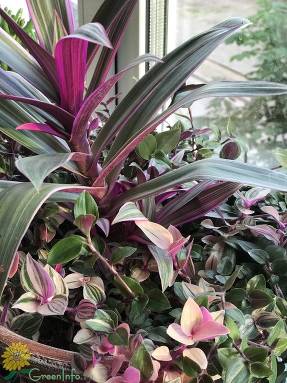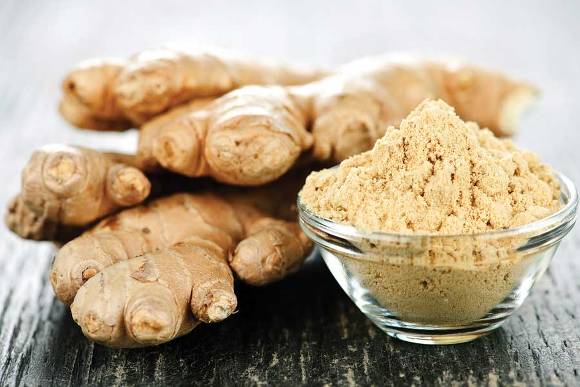
The description of ivy budra as a remedy for many ailments has been known since the Middle Ages. Even then, recipes for healing potions were passed on by healers from generation to generation, because not every plant can compare with the healing properties of ivy budra.
Moreover, its use in antiquity was not limited to folk medicine: it served as a talisman, landed near dwellings and was even added to food.
Nowadays, the use of this useful herb has not lost its relevance, so it is widespread among supporters of alternative medicine and is respectfully referred to as the "forty-bad herb."
This unprepossessing, but incredibly effective medicinal plant has many other names - wild mint, rams, dushmyanka, penny, kitten, dog mint. The plant is hygrophilous, so it is found in humid places - near rivers, lakes, near bushes, on the edges of forests.

Ivy budra (Glechoma hederaceae) Is a perennial herb with a height of 30 to 80 cm with rising flowering branches. The plant has creeping shoots lying on the ground, from the nodes of which roots grow, strengthening in the soil. Leaves are rounded-reniform, sometimes almost heart-shaped.
Leaves and flowers are distinguished by a strong peculiar smell. It is a good honey plant. Flowers with a blue-violet corolla are located in the axillary rings, decorate the plant from April to the end of summer. After flowering, fruits appear oval-elongated in the form of a brown nut.
If the flowers or leaves of the plant are rubbed with your hands, a very strong aroma appears, which some find unpleasant.

Medicinal properties of Budra
The aerial part of the plant is widely used in folk medicine during the flowering period. The taste of the dried plant is bitter and pungent. Decoctions of the herb are used as an expectorant, thinning phlegm, for respiratory diseases, kidney stones, diseases of the bladder, for diseases of the liver, gallbladder, liver cancer, intestinal colic, malaria, gout, etc.
It removes stones from the kidneys and bladder, is used against burns, expels worms from the intestines.
With bronchial asthma, ivy budra is included in collection herbs taken in equal proportions: chamomile flowers, clover, horsetail herb, coltsfoot leaves, wild strawberry, veronica. To prepare the infusion, you need to pour 1 tablespoon of the collection with 1 glass of boiling water, leave for 1 hour, drink 0.5 glasses of warm infusion 3-4 times a day and at night.
Outwardly water infusion used for baths, compresses for gout, bone fractures, various rashes, wounds, scrofula, boils.
Ivy budra is a honey plant, bees actively visit budra flowers from May to June. Fragrant, incredibly healthy honey - light, with a golden hue, contains trace elements, organic acids, minerals and vitamins.
This is a very valuable product that can restore metabolism, make up for the lack of elements necessary for the normal functioning of various human organs.
Boudra herb can be used as a spice when marinating meat for barbecue. A light bitterness and a mixed sage and mint aroma will add piquancy to the dish. In spring, young greens are used, and dried herbs, as a seasoning, will delight with their taste all year round.
Ivy budra is a poisonous plant. Do not overdose when taking a decoction or infusion. The toxic effect can manifest itself in the form of increased sweating, heart rhythm disturbances, profuse salivation, and even pulmonary edema.
Read also the article Ivy budra: medicinal and useful properties.
"Ural gardener", No. 5, 2020
